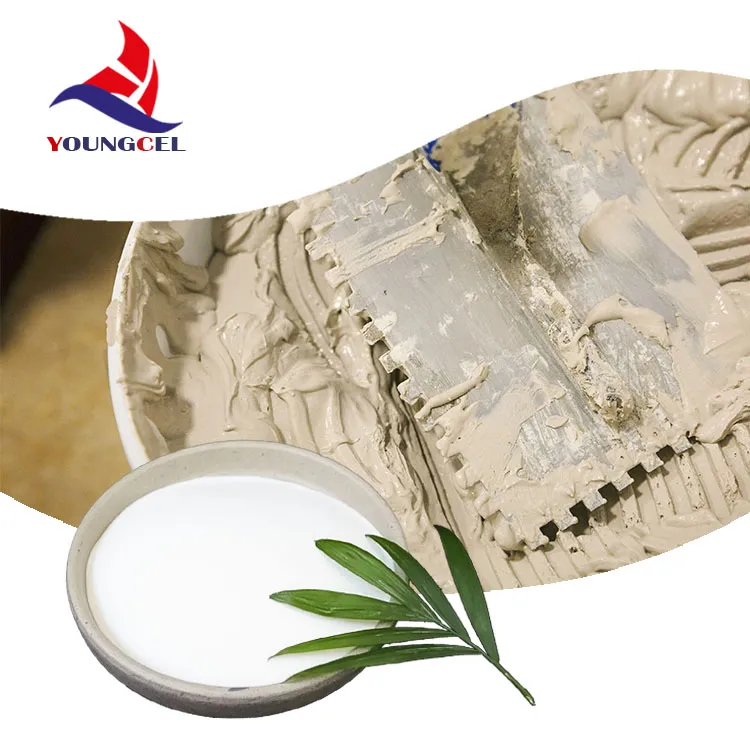The Significance of Cellulose in Industrial Applications
Cellulose, a biopolymer composed of glucose units linked by β(1→4) glycosidic bonds, is the most abundant organic polymer on Earth. It forms the primary structural component of the cell wall in green plants, algae, and some fungi. Given its natural abundance, biodegradability, and non-toxic nature, cellulose has gained considerable attention in various industrial applications. This article explores the significance of cellulose, particularly its percentage usage across multiple sectors, its properties, and its transformative potential.
The Properties of Cellulose
Cellulose is characterized by its high tensile strength and insolubility in water, making it a robust material for various applications. It can be modified chemically or physically to enhance its properties, yielding various derivatives such as carboxymethyl cellulose (CMC) and cellulose acetate. These derivatives expand the functional capabilities of cellulose, allowing for their usage in industries ranging from pharmaceuticals to textiles.
One of the notable features of cellulose is its ability to form gels and films, making it suitable for coatings, emulsifiers, and stabilizers. Furthermore, cellulose is biodegradable, which positions it as an eco-friendly alternative to synthetic polymers. This characteristic is particularly critical in today’s context, where industries are increasingly striving to reduce their carbon footprint and find sustainable solutions.
Industrial Applications of Cellulose
1. Paper and Pulp Industry The primary use of cellulose is found in the paper and pulp industry. Approximately 40% of global cellulose production goes into this sector. The raw material is derived from wood, which is processed to extract cellulose fibers. These fibers are then formed into sheets, which can be used for various types of paper products, from packaging to high-quality printing papers.
cellulose for industrial

2. Textiles Cellulose fibers, such as cotton and rayon, dominate the textile industry. Cellulose-based textiles are not only biodegradable but also breathable and comfortable, making them popular for apparel and home furnishings. Rayon, produced from regenerated cellulose, constitutes a significant portion of the global textile market.
3. Pharmaceuticals and Food Industry The pharmaceutical industry utilizes cellulose in drug formulations as a binder and filler due to its biocompatibility and lack of adverse effects. Additionally, it serves as a thickening agent and stabilizer in food products. Cellulose derivatives like CMC are commonly used in various food applications, including ice creams and sauces, where they improve texture and consistency.
4. Building Materials Cellulose is increasingly being recognized in the construction industry as an insulating material. Cellulose insulation, made from recycled paper products treated with fire retardants, boasts excellent thermal and acoustic insulation properties. Its utilization promotes recycling and sustainability within the construction sector.
5. Bioplastics and Packaging With growing concerns over plastic pollution, cellulose is emerging as a promising material for bioplastics. Cellulose-based films and coatings can replace conventional plastics in packaging applications, offering compostability and reducing reliance on fossil fuels. This transition is crucial as industries seek to mitigate environmental impact and enhance sustainability practices.
Conclusion
The versatility and abundance of cellulose signify its importance across various industrial sectors. As industries increasingly seek sustainable and eco-friendly materials, cellulose is positioned at the forefront of innovation. Its applications—ranging from paper and textiles to pharmaceuticals and bioplastics—demonstrate not only its functional versatility but also its potential to contribute to a more sustainable future. With ongoing research and development, the cellulose industry is likely to evolve, leading to new and improved applications that align with environmental stewardship and resource efficiency. The movement towards utilizing cellulose in a more significant percentage across industries heralds a promising shift towards a more sustainable industrial landscape.
-
Premium Detergent Grade HPMC Hydroxypropyl Methylcellulose ThickenerNewsSep.01,2025
-
Premium Detergent Grade HPMC Hydroxypropyl Methylcellulose: Superior Thickening & StabilityNewsAug.31,2025
-
HEC 100000 Hydroxyethylcellulose for Paint | Superior ThickeningNewsAug.30,2025
-
Wall Putty Rdp Powder Packaging DesignNewsAug.29,2025
-
Introduction to Hpmc Hydroxypropyl Methyl CellulosNewsAug.29,2025
-
Hpmc Industri Grade IntegrationNewsAug.29,2025




